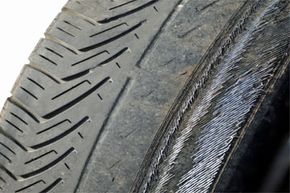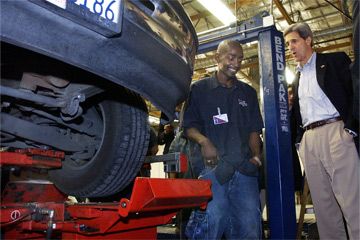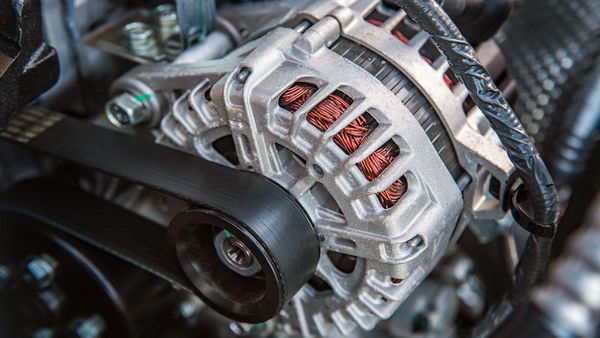Tire maintenance typically doesn't make national headlines (or a lot of people's to-do lists, for that matter). But with the 2008 U.S. presidential race in full swing, Obama famously claimed that if Americans properly inflated their tires, the energy savings would equal the energy generated from increased offshore drilling. The McCain camp quickly jumped on the remarks, passing out tire gauges with "Obama's Energy Plan" written on the side.
Of course, both candidates recognized that keeping your tires properly inflated not only increases your car's fuel efficiency but also improves your car's handling, braking ability and ride quality. Yet despite these benefits, more than a quarter of all passenger vehicles on U.S. roads have significantly underinflated tires, illustrating just how little attention our tires receive [source: NHTSA]. Over time that neglect, along with normal wear and tear, can lead to tires unsafe for the road. But before we learn how to decide if your tires should be replaced, let's take a quick look at how your tires work.
Advertisement
Modern radial tires are constructed from multiple layers of materials like polyester, steel and, of course, rubber. These layers are designed to provide the tire with the strength and durability to last tens of thousands of miles, but only if the tires are properly maintained. Your tire's tread is particularly important, since it's the only part of your car in contact with the road. The grooves cut into tire tread are crucial for wet weather traction, channeling water away from the tread and keeping your tires in contact with the road.
You can typically see if your tire's tread or sidewall has suffered damage, but visual checks don't tell the whole story. And since worn-out tires can hurt your car's handling or even explode while you're on the road, keeping your tires in running condition is critical for your safety and the safety of others. Read on to find out how you can tell if your tires need to be rotated, fixed or replaced altogether.
Advertisement




